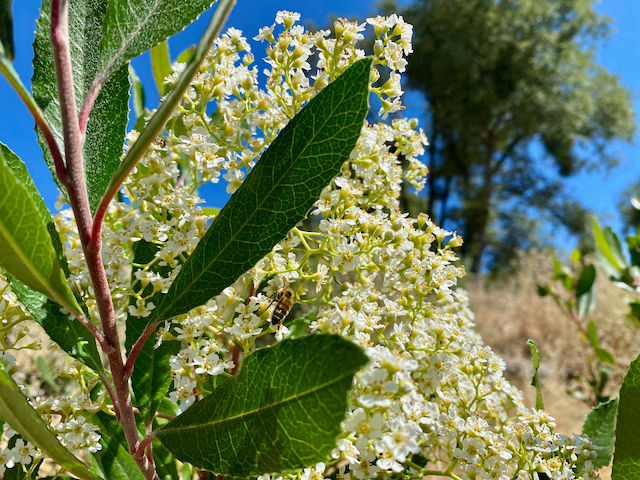Spiny Cover Crop
- Sean Kriletich
- May 28, 2024
- 2 min read
The garden vista is a mass of deep green, studded with purple flowers that have only just begun to open their petals. A closer inspection reveals at least three different species of native bees foraging on the showy blossoms. On the thick green foliage below, lady beetles, lacewings and tachinid flies eagerly devour the honeydew secreting insects hidden in the folds.
Below ground level, the roots mirror the spectacular greenery above, stretching three feet or more down into the hardened subsoil. Here in the darkness, they use the energy derived from photosynthesis above to mine silica, potassium and a host of other minerals from the local geology. At once, these precious roots are feeding microbes with complex sugars and quenching the living soils future thirst by imparting water loving carbon.
What are these amazing plants with the uncanny ability to spread everywhere and turn even dead soil into sun eating production centers? Spiny thorns give this incredible cover crop away as belonging to the thistle tribe. Due to cycles both climatic and unseen, so called Italian, Canada and Bull thistle have made a spectacular showing throughout northern California this spring.
So what can be done now to keep the positive contributions of the thistle rolling while avoiding a garden full of sharp dry thorns? First of all, one might acquire a thistle eating llama or alpaca. These American camelids won’t touch the thistle plant until it begins to flower, but as soon as the inflorescence turns on, they will eat the thistles all the way down to the ground. Thistle eating as they might be, most readers won’t be ready to take on a camelid, so a powerful string trimmer will have to do. Following the llamas example, it is most effective to weed eat thistle just as the flowers are opening. At this moment, the seeds are not yet mature and the stalks are less ligneous than they will become as they dry. (1)
Cutting the thistle cover crop may seem like a daunting task, however it certainly requires less energy than importing the same volume of mulch. Yes, all that above ground material makes an excellent mulch that will conserve moisture, feed the living soil and smother unwanted plants well into the summer. The roots of the thistle will retain water far into the dry season while providing a consistent food supply for soil organisms from microbes to earthworms.
We share this gorgeous blue-green planet with a diverse abundance of invaluable living energies. It takes but a shift in perspective to turn a noxious weed into a free cover crop. Add elbow grease and that thistle cover crop becomes valuable mulch.
Imagine shifting perspectives like these across the tapestry of our lives. Add a little labor to the equation and we will create a future of health, joy and abundance. The future starts now.

(1) Cutting the thistle anytime before it is completely dry will result in fewer viable seeds next year and an easier time cutting it down into mulch.




Comments